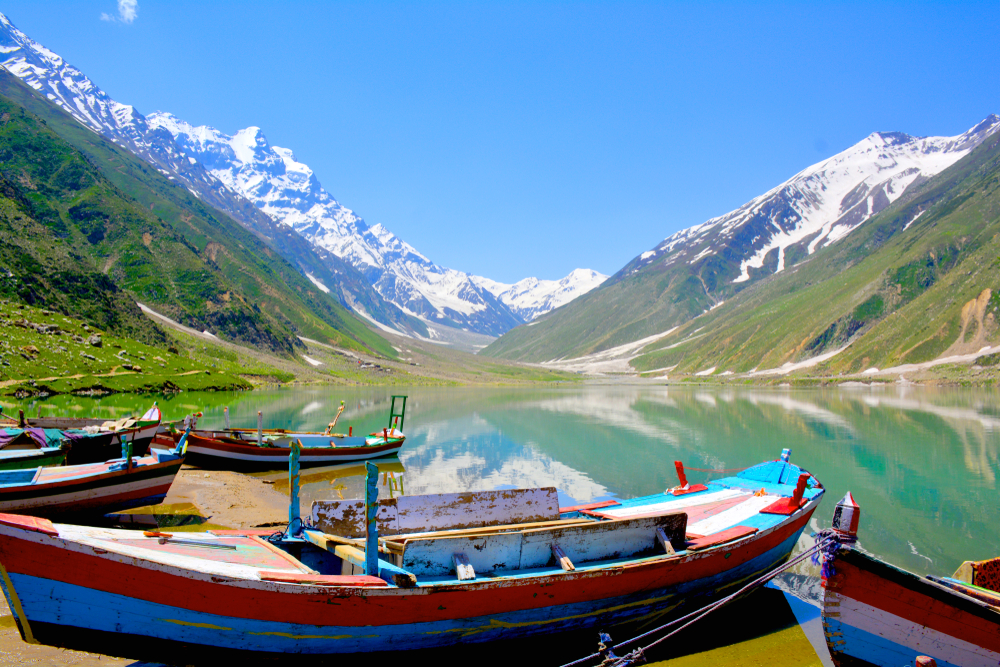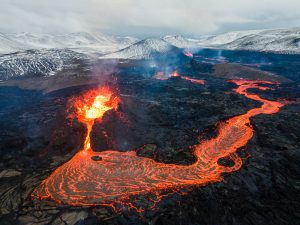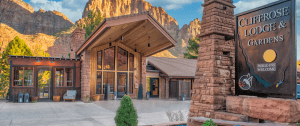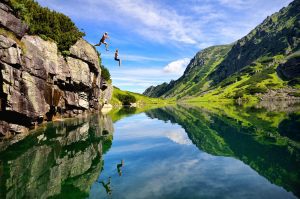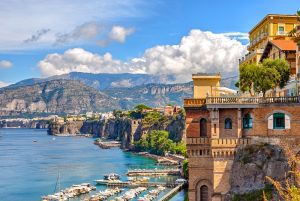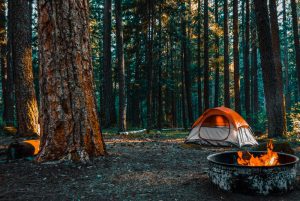If you’ve been wondering what is there to see in Pakistan, you’ll be happy to hear that it has many breathtaking, historically significant valleys. The layout, vegetation, picturesque views, and warmth of the people make a trip to see these valleys more than worth your while. We’ve done the research – and even visited some already! – and compiled a list of the fifteen most beautiful valleys in Pakistan to get you excited for your trip.
Table of Contents
1. Hunza Valley

If you want the best of the Hunza Valley, visit during autumn when the foliage is breathtakingly beautiful. People visit this valley from all over the globe to rockhound for gemstones, especially rubies.
The Hunza region has three main ethnic groups: The Shinaki people, who speak Shina, inhabit the Lower Hunza region. Burushaski speakers dominate the Central Hunza region, and the Gojal region of Upper Hunza, which stretches from Shiskat to Khunjerab, is home to Wakhi speakers. The majority of people can also communicate in Urdu and English.
Hunza’s population is exceptionally healthy and enjoys one of the world’s longest life expectancies. Even in old age, they remain vigorous due to a diet rich in healthy, natural foods and a lifetime of trekking across the region’s rugged terrain.
The Hunza region is famous for its apricots, its “gold,” among other organically grown foods. Hunza Chapati bread, prepared from healthy grains, is an integral part of their diet. Glacial Milk also aids in the health of these individuals. Hunza’s local speciality is “fittings,” – tasty cakes made with salt, butter, milk, and flour and baked on hot stones –and are well worth trying.
Various religious, cultural, and everyday life festivals happen in the Hunza Valley. A well-known celebration is the Spring Blossom Festival, which brings people together to celebrate life. Exhibitions, sporting events, and cultural displays draw crowds to this festival, which honors the region’s cultural legacy.
Hunza’s weather is pleasant from April to September, and visitors can get by wearing light, wool clothing. During the winter, however, heavier clothing is essential.
Sites to see include Rakaposhi and Ladyfinger Peak, which are among several high peaks surrounding this valley to the north and west of the Hunza River.
Additionally, Baltit and Altit are well-known forts that attract tourists to this area, and the Baltit fort was renovated recently and converted into a heritage museum. The market of Karimabad in Hunza is also worth your time and is known for its local handicrafts, handmade rugs, traditional embroidered caps, shawls, handwoven fabric (paffu), and gemstones.
The majority of Hunza’s residents are Ismaili Shia Muslims who follow Prince Karim Aga Khan IV, and over 90% of the residents of Ganish Village are Shia Muslims.
2. Bumburet Valley
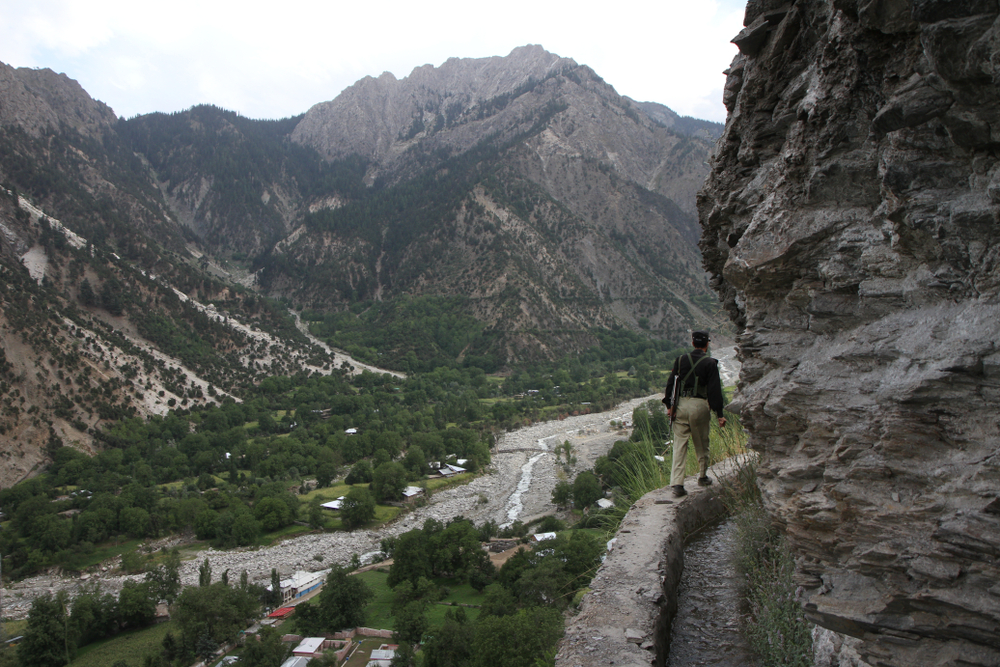
Bumburet Valley is a popular tourist destination for locals and foreign visitors due to its proximity to Chitral. This valley is bustling in the summer, and outsider drivers must exercise caution and drive slowly – it’s best if you have four-wheel drive.
The trip is worthwhile, however, when you get to experience the people’s hospitality, look at the beautiful expanse of cornfields, eat local delicacies, and see local festivals.
Bamburet is stunning with breathtaking, panoramic views. Once you’ve arrived in the valley, touring the area and the various settlements on foot is highly advised. Be sure to try a variety of local cuisine and the ways they are prepared and served.
The Kalash tribes local to this area haven’t changed their customs in a long time and are proud to show off their way of life. Their outfits are one-of-a-kind, as is their way of life. Traditional Kalash headgear and clothing are available to purchase in stores here, and there is an open complex where you can see traditional dancers wearing this attire during festivals.
3. Chitral Valley
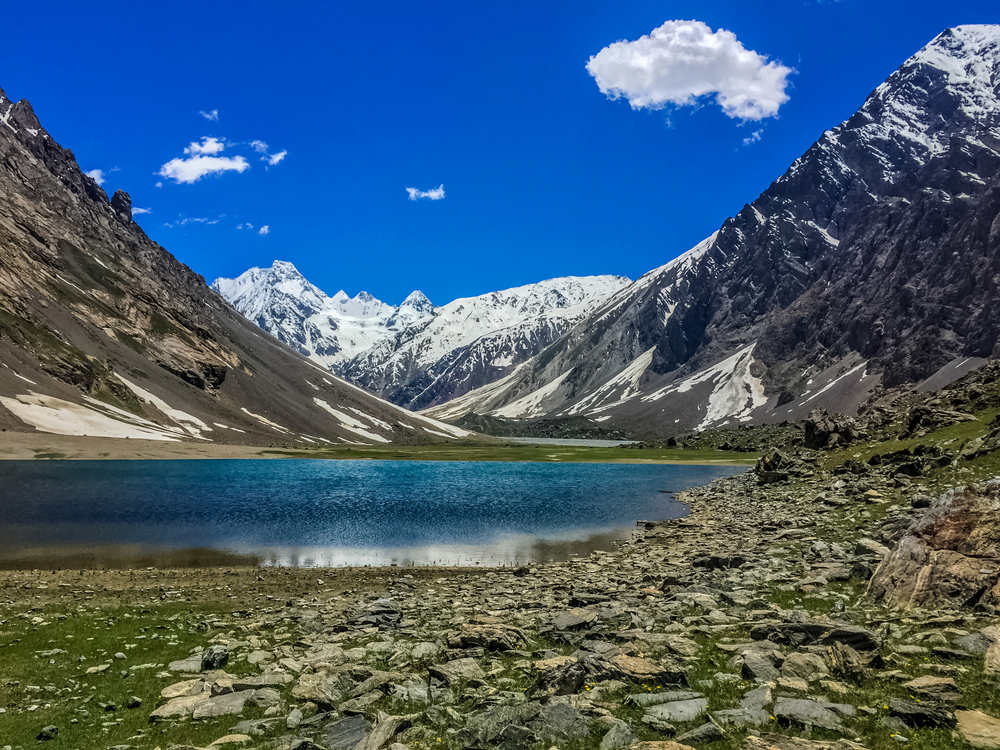
Chitral is known for its natural beauty, its citizens’ hospitality, and its culture. It is the Hindukush range’s most fascinating and attractive location. Chitral is also known for the Kalash Valley, which is home to the Kalash people, who are descendants of Alexander the Great.
With an average elevation of 1128 meters, the Chitral Valley is a popular destination for mountain climbers, hikers, hunters, and anthropologists. Chitral City sits at an altitude of 1518 meters on the banks of the Chitral River and is home to the Shah Mosque (Royal Mosque), Mehtar’s Castle, and Chitralis’ Khawar Houses.
The orchards, farms, and snow-capped mountain peaks of the Garam Chashma Valley (hot spring) are breathtaking. The most intriguing characteristic, though, is its sulfur spring renowned for its curative properties. “Baths” are constructed near the hot springs for the convenience of tourists.
In the summer, Kalash women wear black skirt dresses, while in the winter, they wear hand-dyed black wool. Their lovely hats are made of black wool embellished with shells, buttons, and colorful feathers.
Summer brings the melting of the snow, the flowing of the river, lusher scenery, and a romantic and attractive ambiance to the valley.
In the winter, however, it snows extensively, and the snow-capped mountains provide stunning views. Be warned though, Chitral’s climate is quite chilly in the winter, so be sure to dress appropriately if you visit during this time of year.
4. Neelum/Neelam Valley
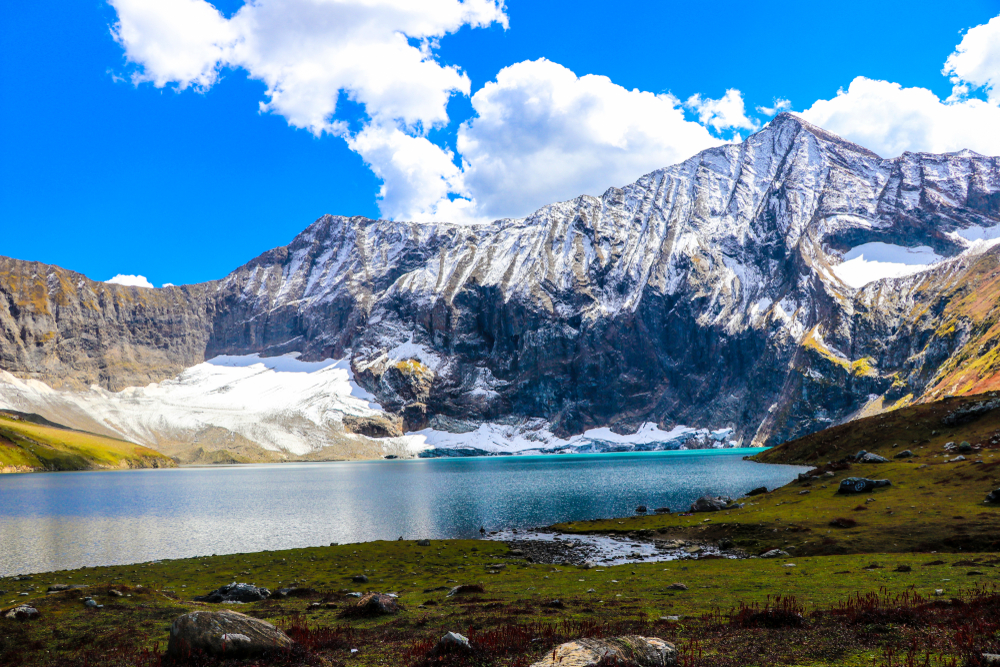
The district of Neelum may be difficult to access, but the scenery along the way is fantastic. You’ll need a four-wheel-drive vehicle, preferably driven by a local. It is the most northern of ten districts that make up Pakistan’s administered Azad Kashmir. The district, which encompasses the majority of the Neelam Valley, has roughly 191,000 people.
The Line of Control runs across the valley, with some villages located on the Indian side of the boundary. In the district, people speak a variety of languages; Hindko is the most common, followed by Kashmiri, Kujjars, and a few other, less common dialects.
Residents depend on tourism, so any effort to support their economy through the purchase of their excellent products and handicrafts is always appreciated. On both sides of the river, during spring and summer, its lush greenery all around will have you taking pictures nonstop.
5. Naltar Valley
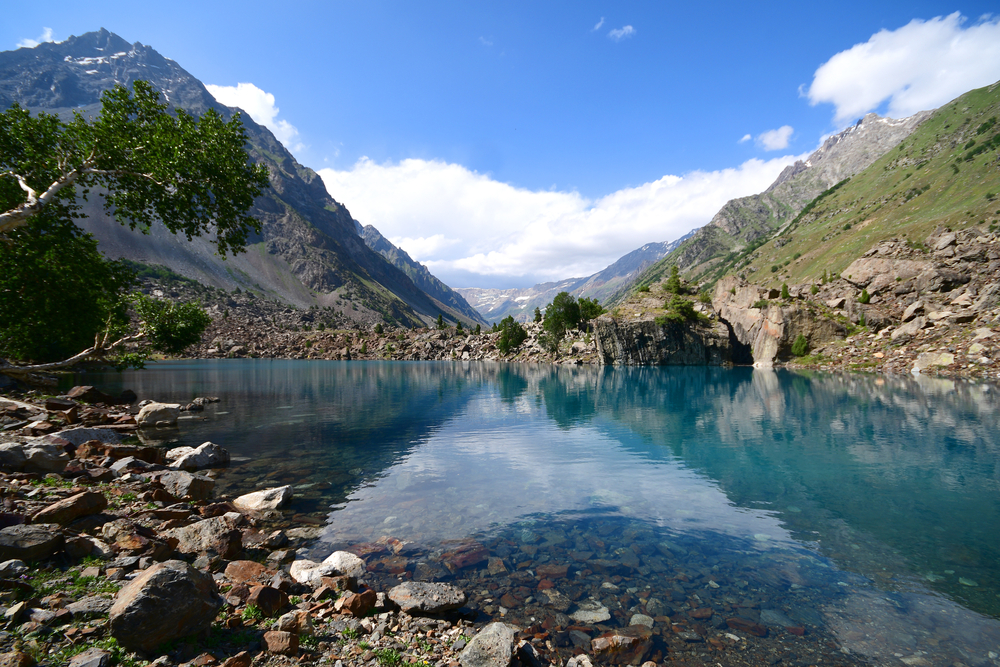
The city of Gilgit is only 34 kilometers from Naltar, making it fairly easy to access. The forested region of Naltar has been growing in popularity due to its stunning mountain landscape, and the three lakes of Naltar Valley, Strangi Lake, Blue Lake, and Bodlak Lake, are undeniably mesmerizing.
Naltar is a miracle of nature, with everything from fresh organic potato farms and breathtakingly beautiful lakes to forests, wildlife, and birds. Above all, the hospitable locals make you feel right at home and will have you immediately planning your return trip to this wonderful region.
In the winter, this valley is quite popular for skiing. At night, milky ways, starry skies, and the shining lights of peaceful cottages make this area indescribably gorgeous and charming.
6. Rumbur Valley
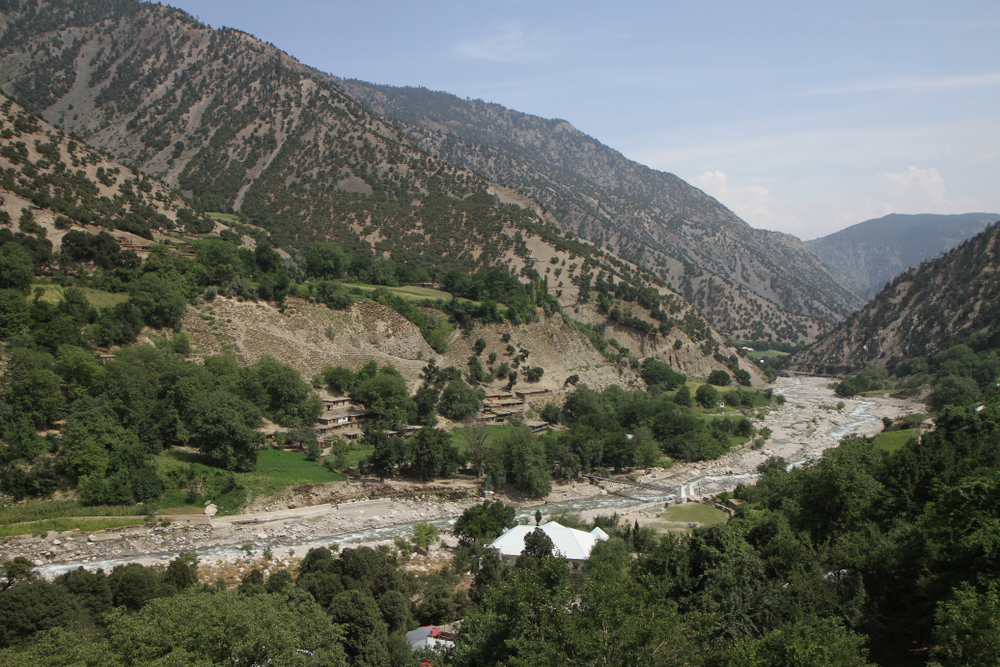
Rumbur Valley, located three hours from Chitral in the Hindu Kush, showcases a vibrant Kalash culture. Because it is less crowded than some other valleys, Rumbur is a great area to visit if you want to get away from the hustle and bustle of everyday life.
Rumbur is much narrower than Bumburet, and it lacks the valley’s numerous shady meadows. Additionally, the mountain ridges are higher, and the river is much wilder here. Only the rare, rumbling sound of jeeps breaks the beautiful tranquility of Rumbur Valley.
The Kalasha are far less shy here than in Bumburet since there are fewer tourists. When asked, no one refuses to be photographed or requests payment for posing. And if you’re up for the trek, you can find a Nuristani settlement at the valley’s very top end.
7. Phander Valley
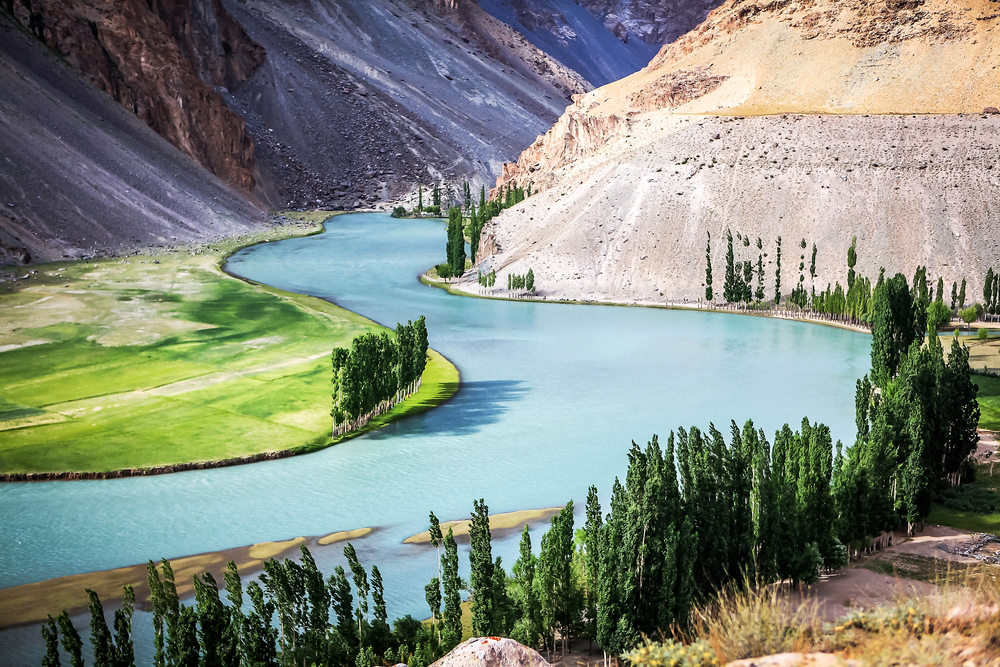
Many people travel the twisting road from Gilgit to Chitral, but only a few take the time to enjoy it. Poplar-lined pathways, magnificent turquoise waterways, and kind Ismaili people are just a few of the reasons to take your time on this trip.
The road from Shandur Pass to Gilgit has many settlements, but nothing is as attractive as Phander (pronounced “fun-der”), a tiny village in the namesake Phander Valley.
Trips to Phander are often altered and extended, as every day brings a new reason to stay: fresh people greeting you and talking to you for hours, fishing expeditions along Phander’s famous trout-filled streams, and motorbike journeys to neighboring villages.
Phander is the place to go if you’re seeking a quiet area to rest your head in Gilgit Baltistan. Just know that the months of April through October are the only ones when you can visit Phander, as outside that time frame, hotels will be closed.
The months of July and August are ideal for visiting, when the season for apricots, cherries, and other delicious, local foods will be in full swing. This is also the height of the fishing season, so you can look forward to enjoying some refreshing time out near the water. And when you visit the local market, don’t forget to pick up a bottle or two of honey from one of the street vendors.
8. Shigar Valley
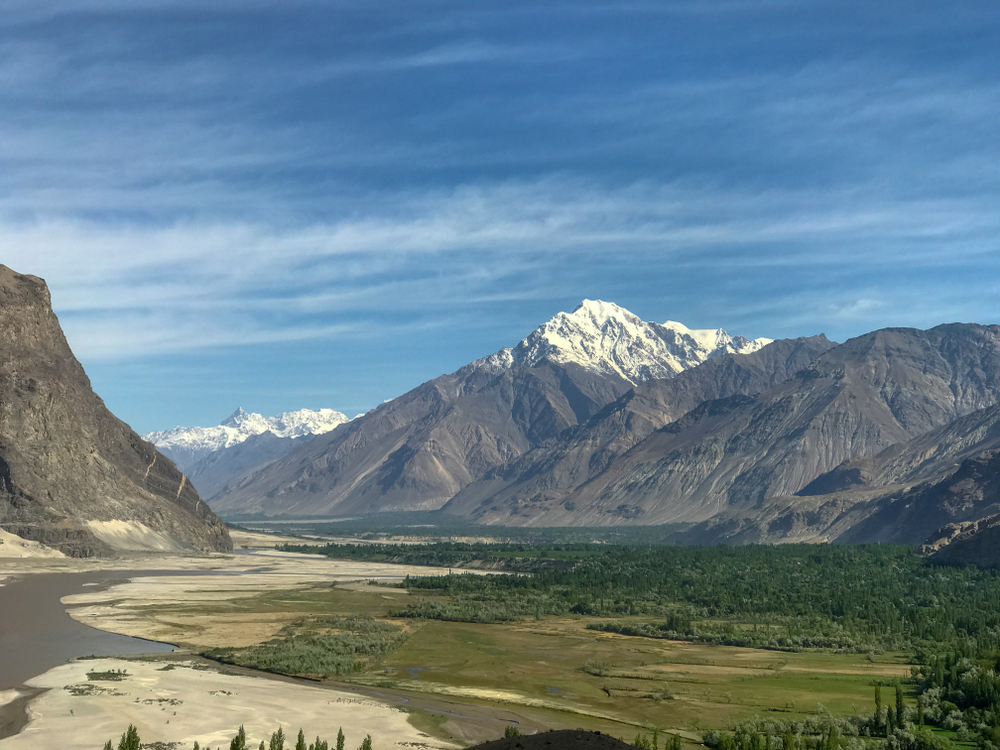
Despite its remoteness, Shivar is rock-hounding heaven. The Shigar is an Indus River tributary that joins the Indus near Skardu. The Shigar’s northern tributaries are the Basha and Braldu rivers, and at an elevation range of 2,500 to 4,000 meters, this location provides multiple, complicated granitic pegmatites and alpine-type deposits to explore
The north part of Shigar Valley borders a gneiss-hosted pegmatite complex with Braldu Valley, which produces quality aquamarine, topaz, and other pegmatite elements.
Even though the Shigar Valley is a distant and mainly inaccessible location, it has various local communities.
Despite the harsh conditions, it is a popular hiking, trekking, and mountaineering destination. Tourists flock to the valley because it serves as a gateway to the Karakoram Hills, home to K2, one of the world’s highest mountains.
9. Gojal Valley

Upper Hunza, also known as Gojal, is made up of a series of large and small valleys that border Central Hunza in the south, China in the north, and Afghanistan in the northwest.
Shishkat is one of Gojal’s most picturesque locations. Coming from the south, it is the first village you’ll reach in the Gojal valley and is known for its kind, hospitable residents. The Shishat and Gulmit villages are also home to the famed Attabad Lake, also dubbed Gojal Lake.
After the community of Attabad’s demolition by a large landslide on January 4, 2010, Attabad Lake was formed. The landslide closed the Hunza River canyon and created this lake that stretches over 24 kilometers from the Attabad barricade to Passu at its peak.
Lupghar Sar, one of the world’s highest mountains, is also in this region. It lies just behind the Gojal valley’s Shishkat village and rises to 7,200 meters (23,622 feet) above sea level. Lupghar Sar means “the summit of the great rock” in the Wakhi language.
10. Kumrat Valley
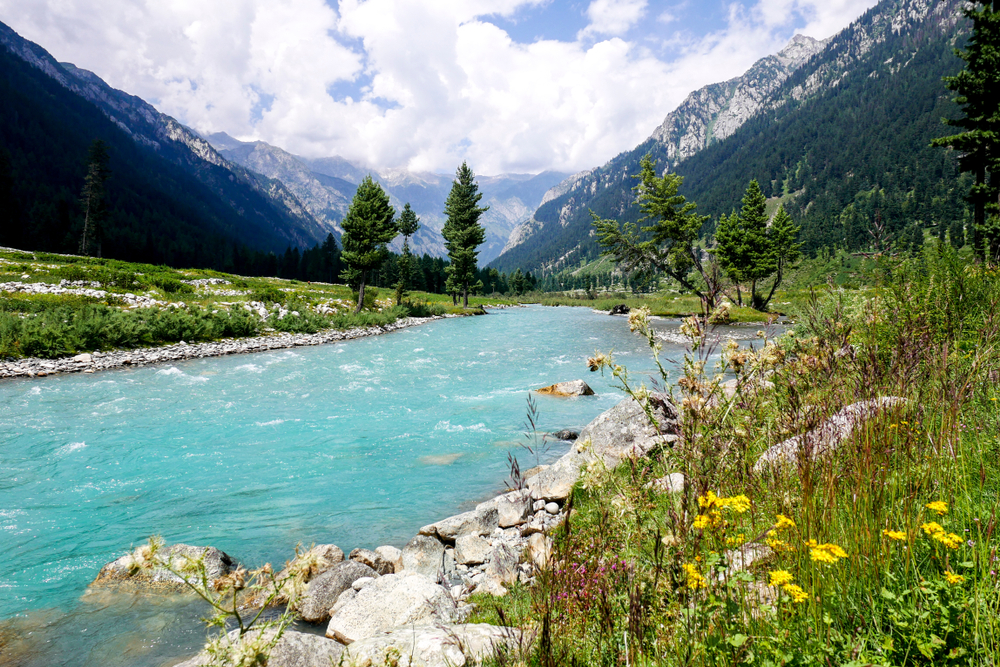
Kumrat Valley is a true gem; words cannot adequately convey the breathtaking grandeur of this location, with its gushing streams and magnificent mountains. The valley is currently resurfacing as a popular tourist destination in Pakistan.
Thousands of tourists from all over the country visit Kumrat valley every summer to enjoy the greenery and calm weather. This valley is unique in the fact that it features three distinct waterfalls, all of which can be enjoyed during your stay here.
Summers are comfortable, with temperatures about 20 degrees Celsius, while winters are bitterly cold, with snowfall ranging from 3 to 11 feet and temperatures hovering around -4 to -10 degrees Celsius. The finest seasons to visit are spring and summer.
In Kumrat Valley, several hotels offer services. However, for nature lovers and adventure seekers, this is an excellent area to camp. You can pitch your tent right near Katora Lake and wake up to incredible scenery. If you don’t want to camp, the resorts and hotels are available after a 3-hour hike down into town.
Because certain roads are currently under construction, access to the Kumrat Valley is difficult. The valley lies in Dir Kohistan’s highest area and is only reachable by 4×4 vehicles beyond Sheringal.
11. Yasin Valley
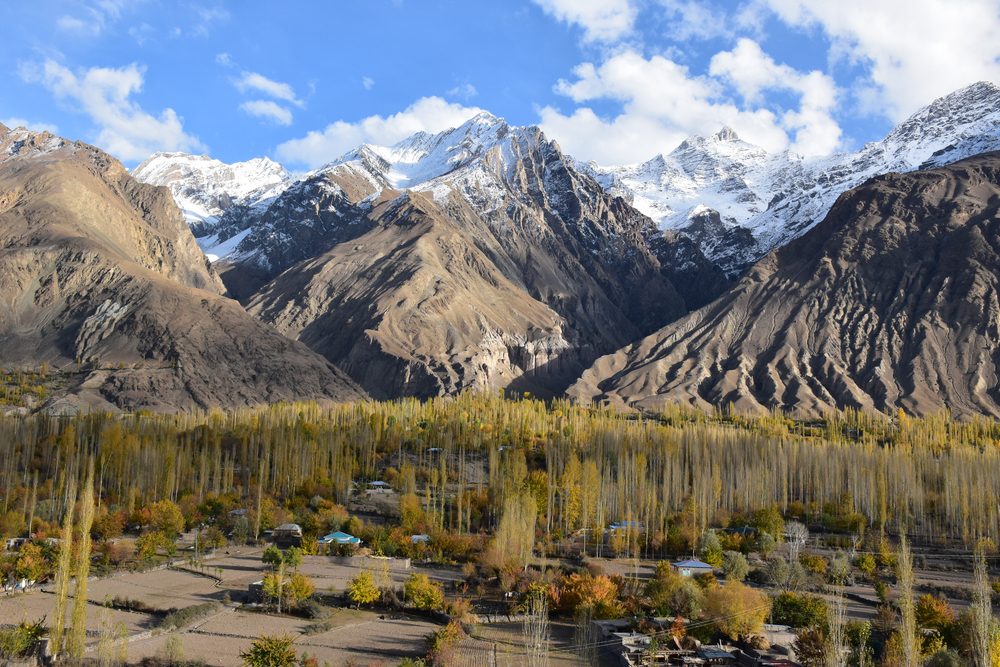
This valley connects to the valley at Gupis and runs north to south. It’s located east of Ishkoman and sits at an elevation of 2,100 to 2,750 meters. The valley is large, flat, and well-watered, rendering it quite fertile, with irrigated farms established on both sides of the river.
There are no rocky defiles, allowing for easy travel to this beautiful location. To go to Yasin from Gilgit, you must first travel to Gupis. This is the same path that leads to Shandur Pass, which is well-known and will take you to the settlement of Darkot.
When you arrive, you’ll find that Yasin Valley is one of Gilgit’s most picturesque and hospitable. The locals are welcoming and friendly; the kids especially are a joy to be around.
12. Hushe Valley
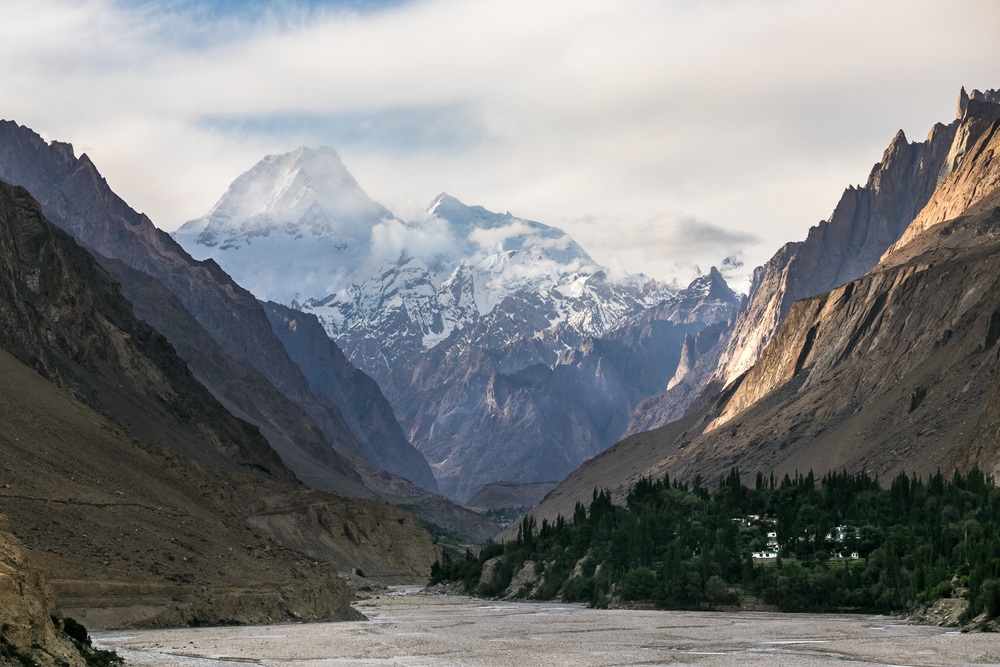
Even if you don’t intend to walk the famed mountain range, the Hushe Valley is beautiful and worth visiting just to see the various settlements along the Hushe River.
The Hushe Valley, in Gilgit-district, Baltistan, begins with the Shyok River, opposite Khaplu, and extends up to the Masherbrum peak. The Hushe Valley is home to some of Pakistan’s highest peaks, including many summits that rise to 8,000 meters or more.
A series of villages are established in the valley from Khaplu to Hushe: Machollo, Thalis, Marzicon, and Kanday. The last settlement in the valley, Hushe, is also the beginning point for many hikes and a charming, traditional Pakistani village.
Some of the wheat fields in the villages at Machollo’s lower elevation will be ready for harvest if you travel through this section of Pakistan in late July. The areas in Kanday and Hushe, on the other hand, will still be green and won’t be harvested until the end of August.
Machollo, the largest settlement in the Hushe Valley, spans from the higher grounds of the foothills down to the lower side along the Hushe River and has roughly 5,000 residents. The community has terraces after terraces of wheat fields, apricot orchards, water irrigation systems lining the mountainsides, and tall birch trees that aid in soil stabilization.
13. Astore Valley
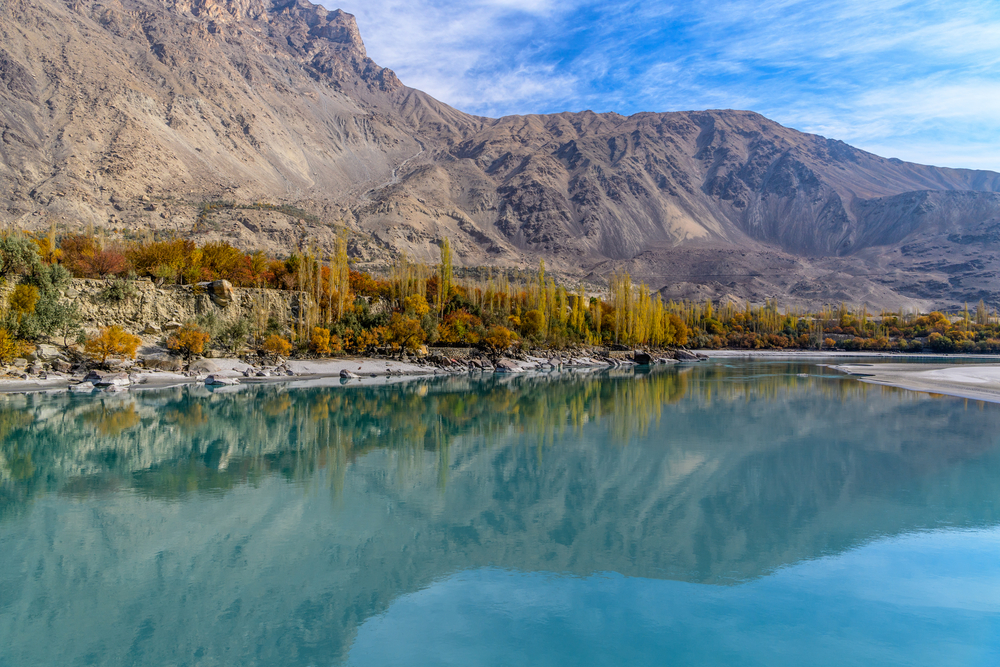
The beautiful Astore Valley sits in Pakistan’s Gilgit-Baltistan region, in the Astore District, where the people are as lovely as the scenery.
Astore valley runs down the eastern flank of the mountain Nanga Parbat with its passageway around sixty kilometers southeast of Gilgit, with four side valleys. Minimerg, Shekong, and Gudai are among the valley’s more than one hundred settlements, which altogether total around 71 thousand residents.
The pastures and Rama Lake are the region’s most well-known tourist attractions, and the valley provides an excellent habitat for some commercially valuable medicinal plants due to its diverse topography and climatic conditions.
Astore valley has a temperate climate in the summer and can snow up to 6 inches in the central valleys and up to 2 feet in the mountains during the winter. In February, the Mirmalik valley receives up to an impressive 6 feet of snow.
Shina is the primary language spoken in the valley, and Urdu, Pakistan’s native language, is the second most widely spoken language. Shina has several sub-dialects, which are particularly important in Gorikot, Praishing, Dashkin, Bunji, and other parts of the Rattu and Burzil regions.
Shina utilizes the Arabic script and is phonetically moderate. While you’re in the area, you’ll have to find a way to listen to the beautiful Shina poetry. As historically it is passed down by artisans and singers, there are no recordings of Shina poetry, so take advantage of the chance to hear it here during your visit.
14. Kaghan Valley
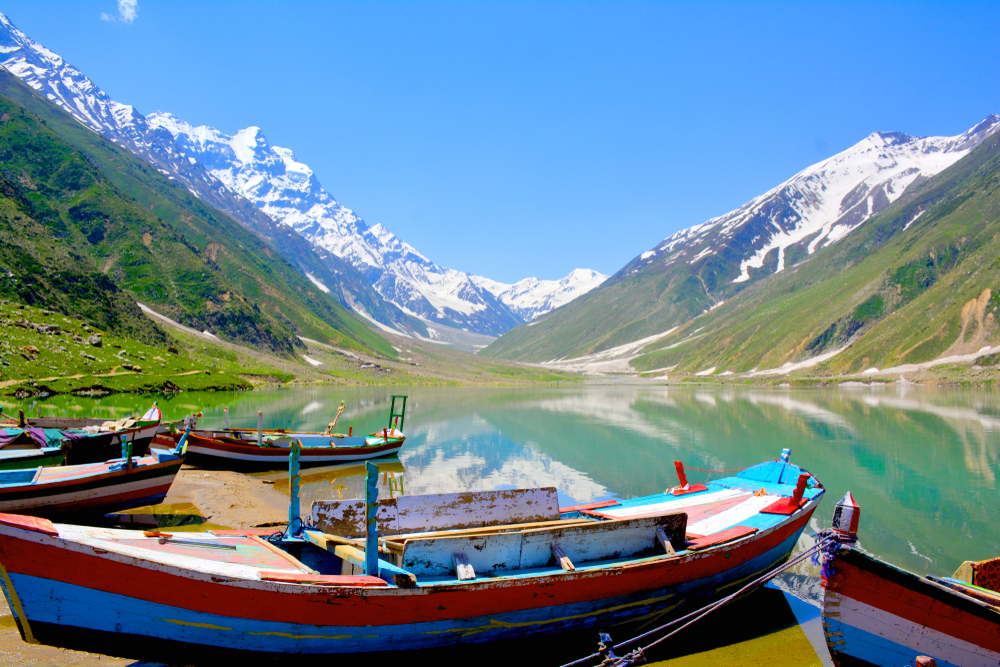
Known for its glaciers, streams, lakes, dales, and mountains, the unspoiled paradise of Kaghan Valley is the place to visit between May and September. During the winter, the route beyond Naran is snowbound and open to Babusar Pass, but it closes during the monsoon season.
Saif ul Malook Lake is among this valley’s most spectacular sights and resembles a fairytale setting. The locals are polite and laid-back and speak Hindko, Pushto, and Urdu. The villages of Balakot, Abbottabad, and Mansehra are all accessible by road from the Kaghan area.
Shogran is the most picturesque area in Kaghan Valley, and it’s the perfect place to spend a weekend gazing at the lovely lakes, camping, and fishing. At Naran, the Fisheries Department provides fishing licenses, so you don’t have to worry about gaining permission to fish here.
You can organize transportation by jeep if the roadway is available. If the road is restricted, it is a three-hour trek that is easy and gradual. Get a guide, particularly if you intend to hike in May or June. Because of the large ice glaciers, you may need a horse to transport all of your belongings.
Lulusar Lake is one of numerous high-altitude lakes along the ridge’s crest and makes for a great camping spot. Small cafes and eateries serve freshly caught trout and other Pakistani delicacies.
15. Eagle’s Nest (Hunza Valley)
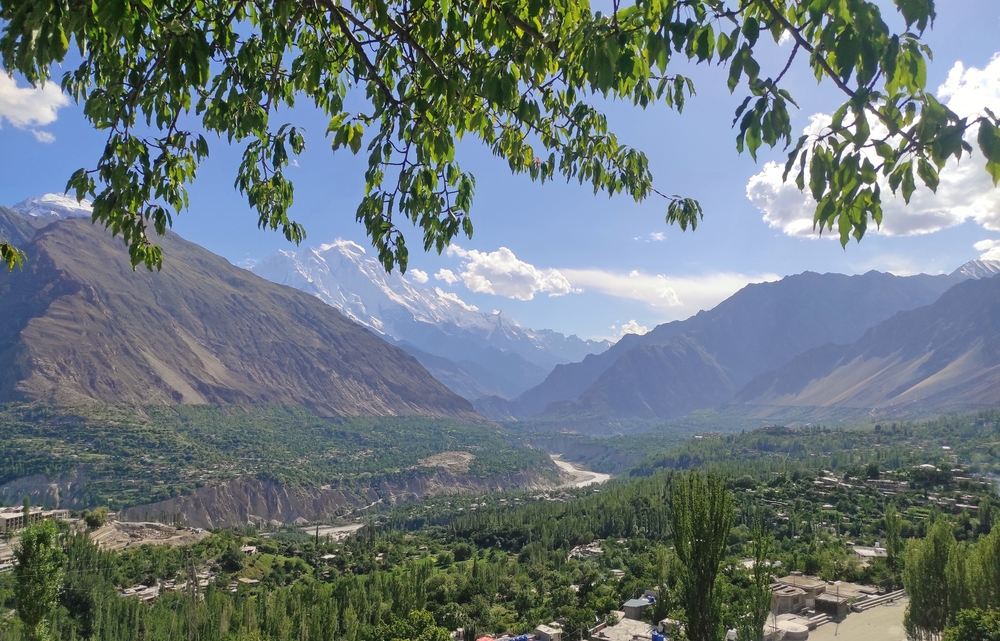
The Eagle’s Nest, located 2850 meters above sea level and featuring spectacular scenery of the Hunza Valley 500 meters below, is a great place to stay while you are in the Hunza Valley area. This accommodation is located a two-hour trek or a scenic 30-minute drive from the settlement of Karimabad.
The hotel is traditional in style, with stone and wood accents. The restaurant offers dishes made with fresh local products, and all of the water is safe to drink because it comes from a natural spring.
The area’s treks are diverse and offer breathtaking vistas, with a trip to the Ultar glacier being a particular highlight. Six, 7,000-meter peaks are visible from a vantage point just above the hotel, making The Eagle’s Nest a must place to stay if you find yourself in the region.
Frequently Asked Questions
Are Pakistani valleys safe?
All the valleys listed here have excellent safety records. So much so, in fact, that many visitors choose to camp along their passageways and lakes.
Are there accommodations available in these valleys?
Most valleys have inns or bed and breakfast, and if not, you’ll find some not too far away.
Should we bring food and water?
The local cuisine is always good unless you have allergies. Some places like Eagle’s Nest have safe water but bringing your own is always a great idea.
Is it dangerous to travel alone?
Depending on the valley you choose and your experience with hiking, it might be best to get a guide. Some paths are treacherous, especially during winter.

